The development of the bicycle and the start of Bastion Cycles shows the ingenuity of the partners – Ben Schultz, James Woolcock and Dean McGeary – and the possibilities available to employees as the domestic car industry begins its wind down.
“We have all been made redundant – with the exception of James – we were all working in research and development and so at the completion of our projects our departments were closed,” said Mr Schultz.
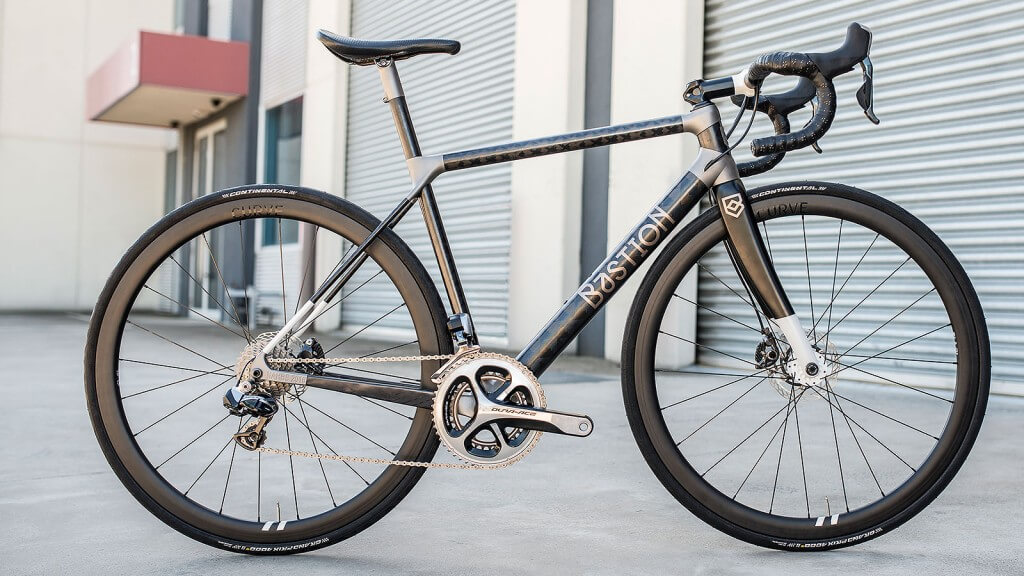
Bastion: Titanium and carbon combine in a radical bicycle that shows the world the future in cycling
“The projects we worked on are three to five years ahead of production. James is still at Toyota because he’s working on a global Toyota model, but he finishes in June this year.”
Mr Schultz said all could have pursued offshore positions with Toyota.
“Many of our colleagues have taken up the opportunity,” he said. “But we wanted to stay in Melbourne because we believe in a future for manufacturing in Melbourne.”
On leaving Toyota, Mr Schultz said the Japanese car giant “supported us with a redundancy package that was very generous which we used to fund this venture”.
Mr Schultz said that the market for Bastion, located in the Melbourne suburb of Kensington, relies on its point of difference.
“We are at the expensive end of the bicycle market and we have deliberately positioned our bikes between two main rival groups,” he said.
“At the high end of the market are the completely custom bikes which are traditionally designed, handmade, and built to order with distinctive paintwork and features. They can cost anywhere from $12,000 to $20,000.
“But in engineering terms, most aren’t optimized and often the performance and weight isn’t as good as a mass-produced bike.
“The other group we compete with is the top-end mass produced bikes that are designed for maximum performance, with high-end materials and components. These typically cost between $8,000 and $12,000, but don’t allow for any customization or personalization of the frame.
“Our target is in the overlap of the two. We have positioned our bikes to be $13,000 to $15,000 depending on components selected, with the wheelset and the groupset (gears, cranks and brakes) having the largest impact on price.
“We feel this position reflects the high level of engineering in our bikes and the added value generated for the customer through our custom sizing, stiffness, and paint options.”
The drive from four wheels to two was ignited by a passion for cycling and the bicycle industry’s opportunities for customization and innovation in design, materials and components.
“It makes cycling such an interesting industry,” he said. “There are strong links between this and our former roles at Toyota.
“We have a combined 35 years of automotive engineering expertise in the design, engineering and manufacturing of cars. Custom bikes are an extension of that.”
Mr Schultz said of manufacturing cars in Australia: “It’s too difficult to be viable. Translated to automotive, the equivalent of what we are doing would be a supercar costing millions dollars and the investment required would be much, much higher.”
“While most people are unlikely to be able to afford a high-tech supercar, they can get some of the same technology and a high level of enjoyment with a $15,000 bike. There is a strong trend towards more and more people investing in high-end bikes.”
The creation of a company that designs and manufactures bicycles is only part of the passion behind the trio.
“With a bike we can be a part of the full circle, from design through to manufacture and retail,” said engineering director James Woolcock.
“There’s a lot of job satisfaction in that. We can change customers’ lives by creating a bike just for them to enjoy. In a big company, that’s just not possible. You only experience a small slice of that.”
Bastion Cycles can make four or five bikes a week, or 200 a year, but the potential is much greater.
“We’re not at full capacity and we have not yet launched our online personalized design and sizing program,” said Mr Schultz.
This program is the key to making each bike unique, personally designed and built for each customer.
“Customers can choose from three levels of frame stiffness to suit their riding style,” said Mr McGeary.
Leveraging their automotive-based experience in parametric CAD and vehicle dynamics modelling, the trio has created a novel business model that allows customers to engineer their own product.
“The consumer interface will allow online customers to input their personal dimensions based on a bike fit and then tune the riding characteristics to the type of riding they want,” said Mr McGeary.
“All this data is kept on file. We can access it in the case of repair, so the bike is rebuilt exactly how it was when made.”
Bastion Cycles has an expanding order book, now with 13 confirmed orders and 10 in the process of being confirmed.
TECHNOLOGY FOOTNOTE: 3D printing a key to the design
The trio use a 3D printing method for the titanium lugs (that join the carbon fibre tubes in a modular assembly process) is done in New Zealand and Bastion Cycles hopes to move it to Australia once production levels are high enough to support the investment.
The lugs are formed by titanium powder that is fused by the 3D printer’s lasers. The process allows for remarkably thin 0.5mm lug walls that are stronger and lighter than alternative methods.
The trio had limited experience in working with titanium, but some background in rapid prototyping by 3D printing and the structural use of carbon tubes.
“It’s a different mindset from what we’re used to because of the manufacturing method, but we are experienced in designing for a particular manufacturing method,” said Mr Woolcock.
“The 3D printing of the lugs isn’t as easy as it sounds. People believe it’s just a printing machine and you just press a button. But it is actually very complex and involves factors such as print orientation and heat distortion – it’s a very different process to anything we’ve done before.
“It took us over a year to develop the design for manufacture. During that time we’ve built a lot of know-how from designing the parts through to calculating production costs, developing the manufacturing process, right up to liaising with our customers.”


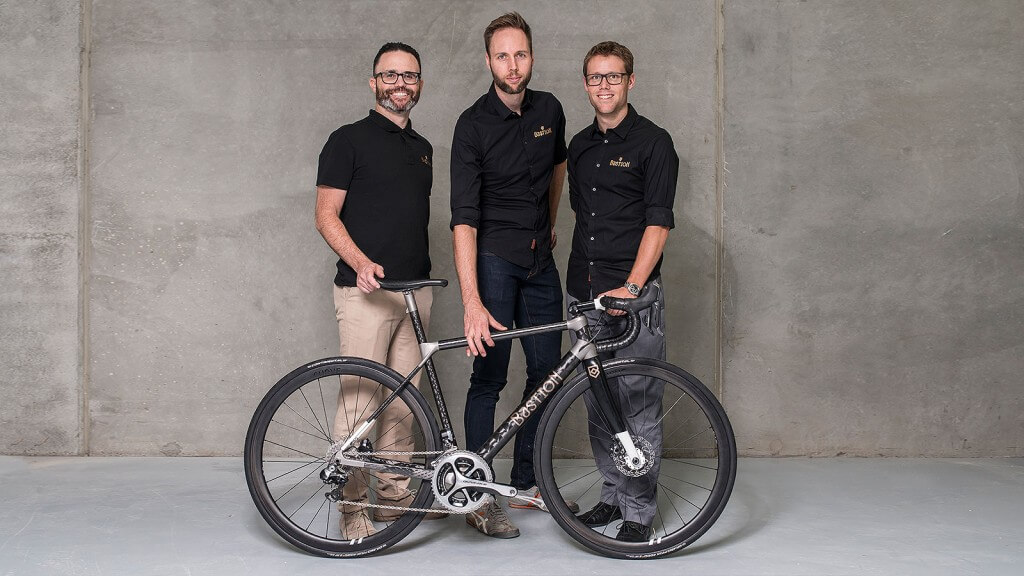
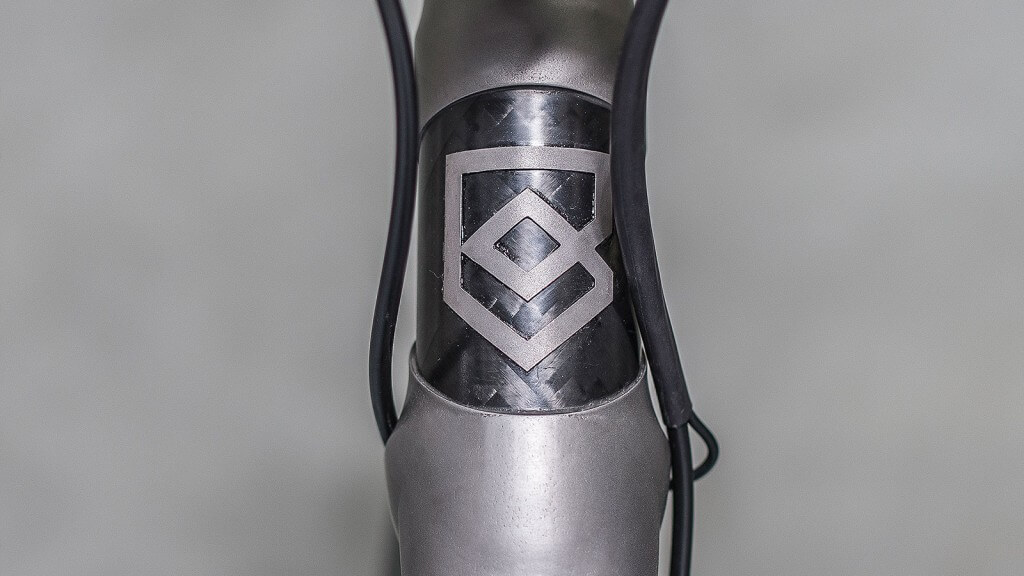
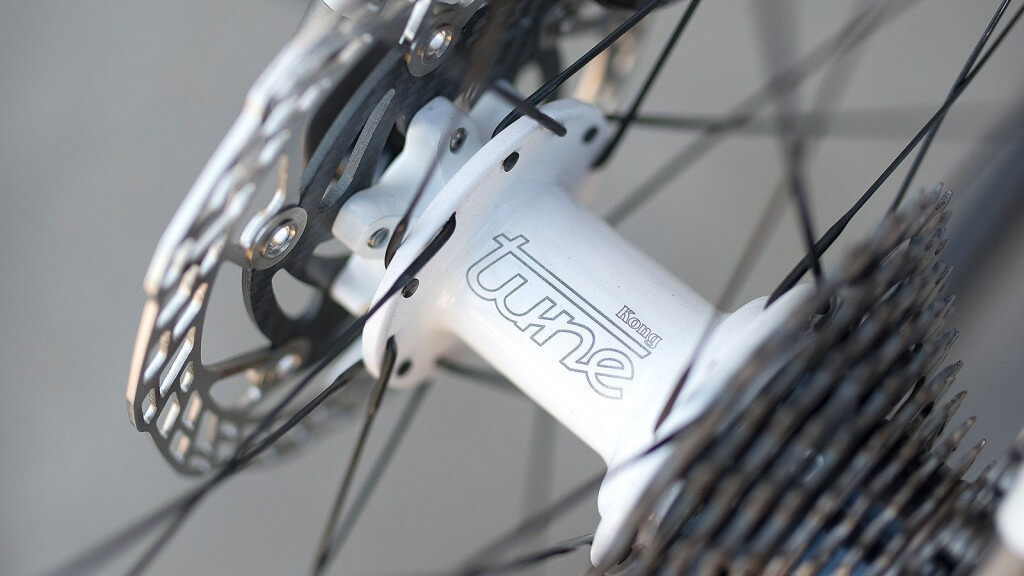
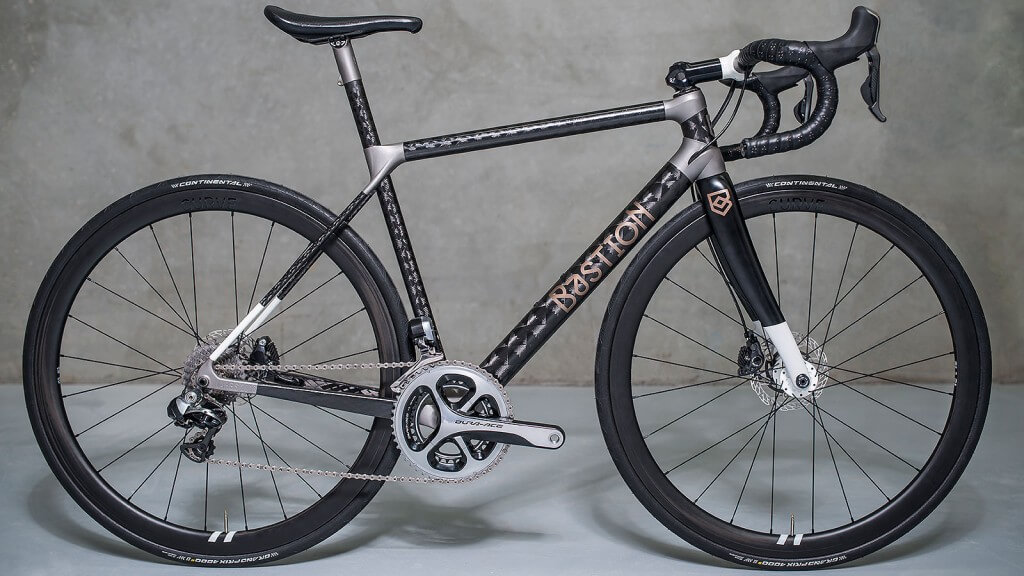
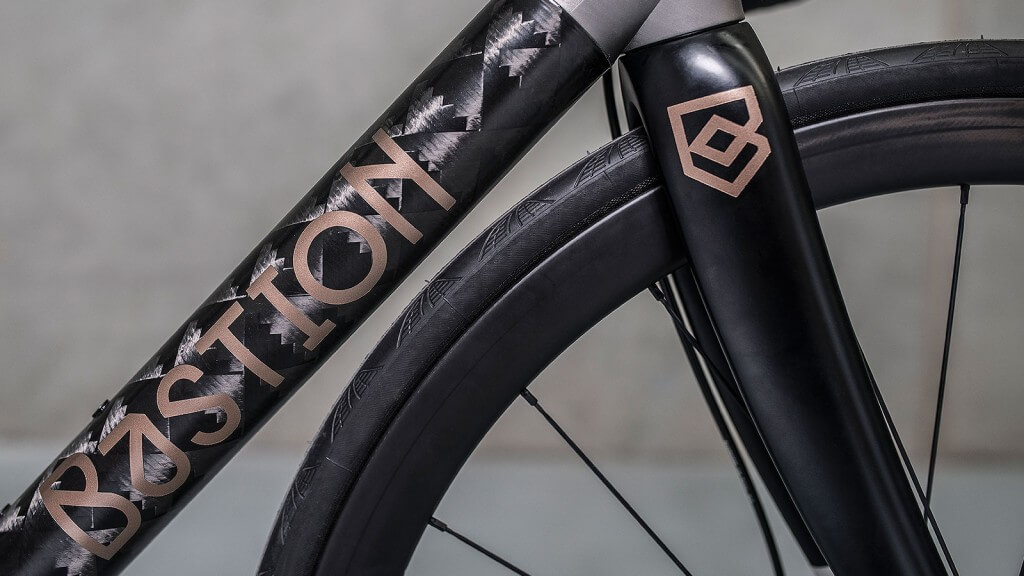











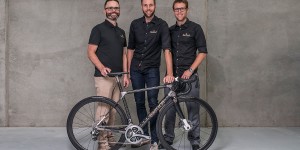
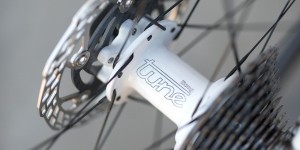
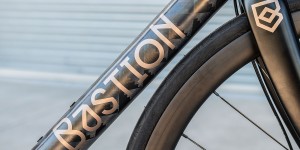
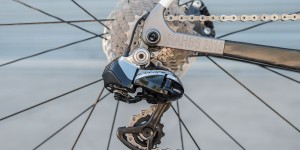
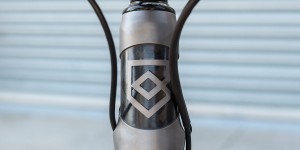
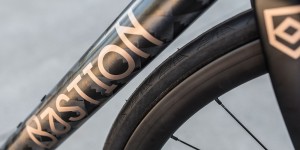
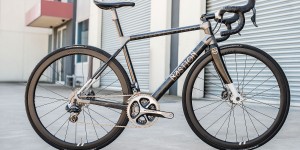
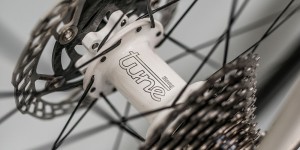
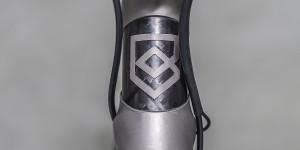
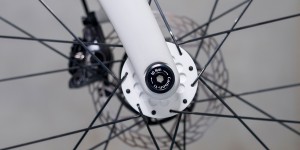
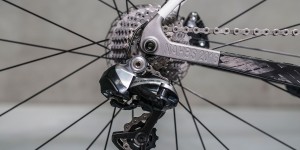
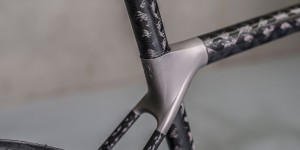
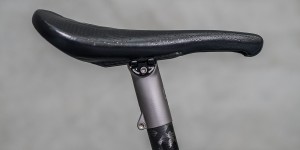
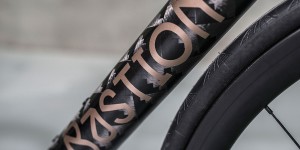
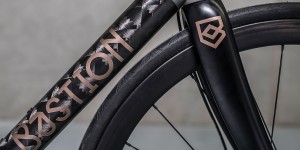
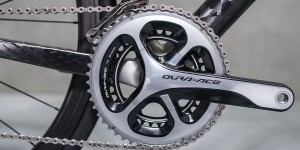
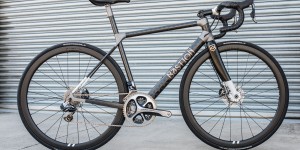
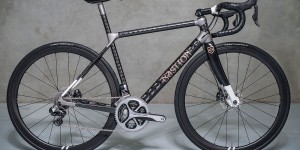
 Read More: Related articles
Read More: Related articles

